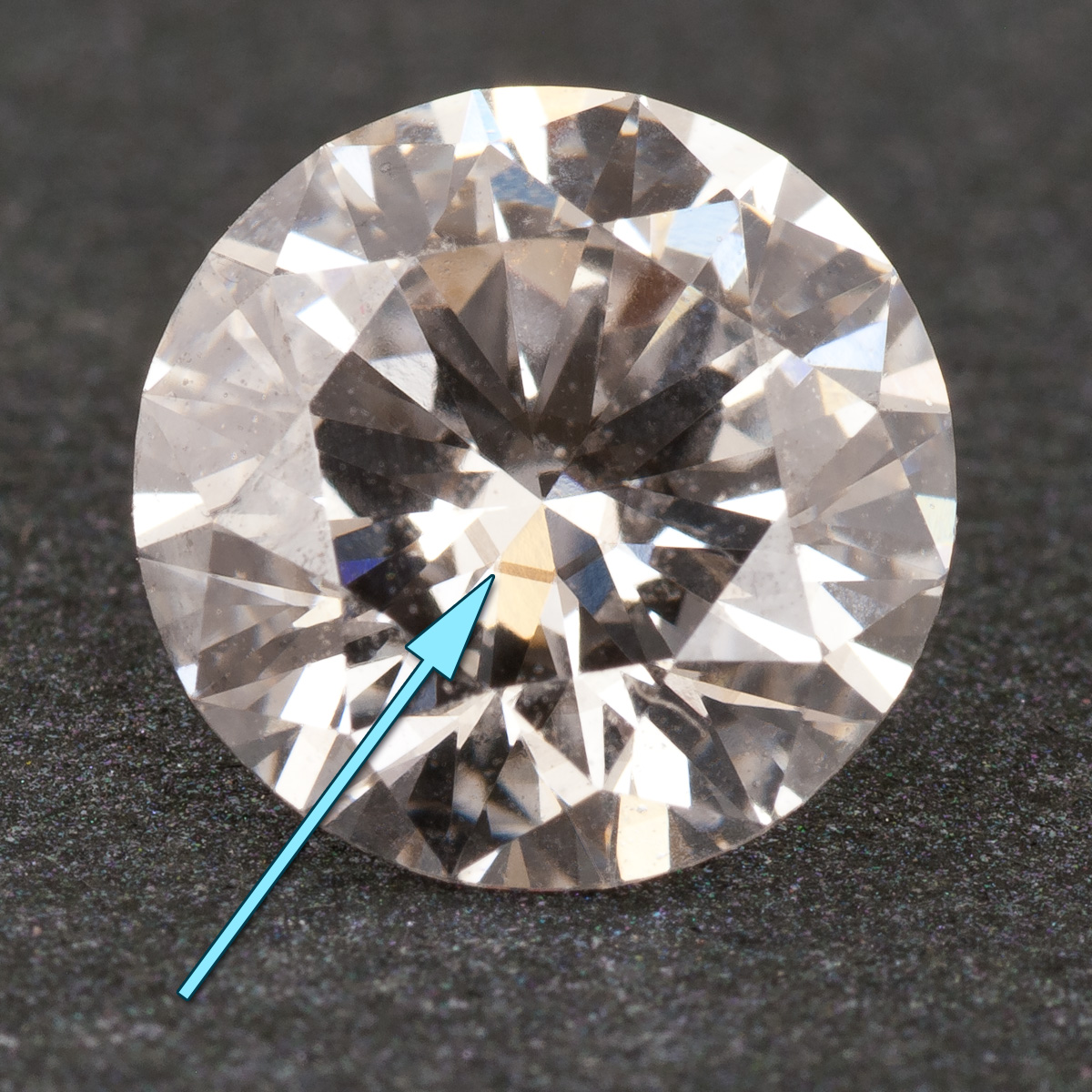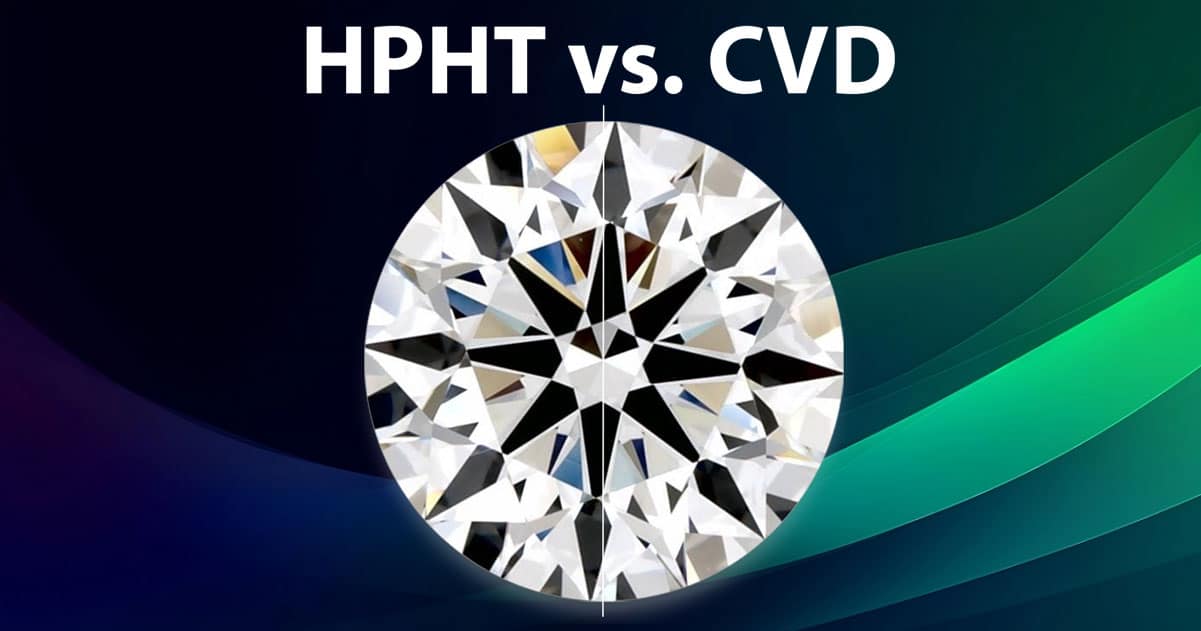
The composition of laboratory diamonds plays a crucial role in understanding their creation, properties, and uses in various industries. These diamonds, formed through synthetic processes, mimic the natural diamonds in appearance, structure, and physical properties. However, they are produced under controlled conditions that replicate the intense heat and pressure found deep within the Earth. This article delves into the Composicion de diamantes de laboratorio, highlighting how they are created, their key components, and why they are becoming an increasingly popular choice in both jewelry and industrial applications.
Table of Contents
ToggleWhat Makes Up Laboratory Diamonds?
The composition of laboratory diamonds primarily consists of carbon, just like natural diamonds. The carbon atoms are arranged in a crystal lattice structure, where each carbon atom is bonded to four other carbon atoms in a tetrahedral arrangement. This structure is responsible for the diamond’s extraordinary hardness and its ability to reflect light in a brilliant manner.
In laboratory settings, diamonds are created using two main methods: High Pressure High Temperature (HPHT) and Chemical Vapor Deposition (CVD). Both methods replicate the natural conditions under which diamonds form, but they differ in how the carbon atoms are introduced and manipulated to form the diamond structure. Despite the differences in these methods, the composition of laboratory diamonds remains fundamentally the same as that of natural diamonds.
The Role of Carbon in Laboratory Diamond Formation
The key element in the composition of laboratory diamonds is carbon, a chemical element that is abundant in nature. Carbon exists in many forms, including graphite and coal, but when arranged in the specific crystal structure of diamonds, it forms one of the hardest substances known to man. The composition of laboratory diamonds is focused on achieving this unique crystalline structure, which gives diamonds their unrivaled hardness and optical properties.
In both HPHT and CVD methods, carbon atoms are introduced in different ways. In HPHT, carbon is subjected to extremely high pressure and temperature conditions, mimicking the natural environment where diamonds are formed. In CVD, a gas mixture is used to deposit carbon atoms onto a substrate, allowing them to gradually form the diamond structure. In both cases, the resulting diamond has the same fundamental composition, with carbon atoms arranged in a tight, three-dimensional lattice.
Impurities and Enhancements in Laboratory Diamonds
While the composition of laboratory diamonds is predominantly made up of carbon, there are often trace elements or impurities present that can affect their color and other characteristics. These impurities are typically introduced during the diamond creation process. For instance, in the HPHT method, elements like nitrogen or boron may be incorporated into the diamond lattice, affecting the diamond’s color and electrical properties.
In many cases, laboratory diamonds are treated after their formation to enhance their appearance. For example, diamonds may undergo a process called annealing, where they are heated to high temperatures to improve their color or remove certain impurities. Despite these enhancements, the composition of laboratory diamonds remains largely the same, with any changes being limited to the addition of small amounts of other elements or treatments that do not alter the basic carbon lattice structure.
The Advantages of Laboratory Diamonds Over Natural Diamonds
The composition of laboratory diamonds offers several advantages over natural lab diamonds. One of the primary benefits is the ability to produce diamonds with fewer impurities, resulting in higher-quality stones. Because laboratory diamonds are grown in controlled environments, they can be tailored to meet specific quality standards, which may be more challenging to achieve in naturally occurring diamonds.
Additionally, the creation of laboratory diamonds allows for a more sustainable and ethical production process. Unlike natural diamonds, which are often mined in ways that can have significant environmental and human rights implications, laboratory diamonds are made without the environmental destruction associated with traditional diamond mining. As the composition of laboratory diamonds improves, they are becoming a more attractive option for consumers who are looking for diamonds that are both high quality and ethically sourced.
The Future of Laboratory Diamonds
As technology advances, the composition of laboratory diamonds continues to evolve. Researchers are exploring ways to improve the efficiency of diamond production, reduce the cost of creating high-quality diamonds, and enhance their properties for various applications. With the development of new techniques and a deeper understanding of diamond chemistry, laboratory diamonds could eventually surpass natural diamonds in many aspects, from affordability to sustainability.
The future of laboratory diamonds looks promising, with increasing interest in their applications in the jewelry industry, as well as in industrial and scientific uses. The composition of laboratory diamonds will continue to be a focal point in this ongoing research, as manufacturers strive to create even more advanced and versatile diamonds.
Conclusion
The composition of laboratory diamonds is a fascinating subject that highlights the intersection of chemistry, technology, and sustainability. By replicating the natural conditions in which diamonds form, laboratory diamonds are able to achieve the same fundamental structure and properties as their natural counterparts. The ability to manipulate the composition of laboratory diamonds allows for the creation of diamonds with fewer impurities and more consistent qualities. As interest in laboratory diamonds continues to grow, their composition will play a key role in shaping their future in both the jewelry and industrial sectors.






